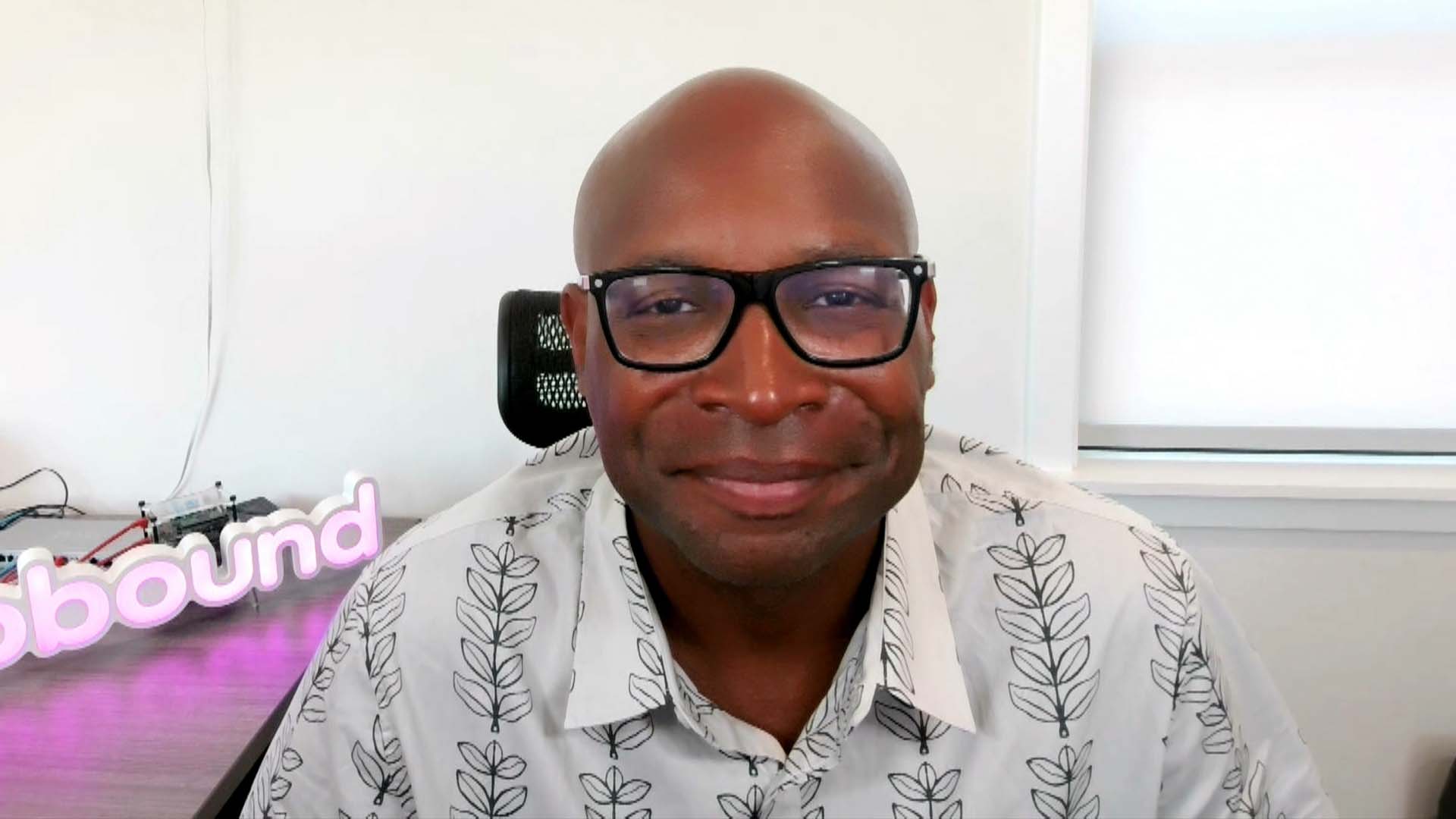 CLOUD
CLOUD
 CLOUD
CLOUD
 CLOUD
CLOUD
Next-generation cloud has established software-as-a-service and has brought with it an ecosystem where applications are built on capital expenditures.
As the surface area of cloud operations expands, the concept of distributed computing takes center stage, which must be run in cloud operations, bringing potential challenges and opportunities. Even a number of years ago, the writing was on the wall, according to Sumbry (pictured), head of engineering at Upbound Inc.
“One of the original reasons why I moved to the Bay Area was actually to join Twilio and start working for a company that was running a voice application on the cloud,” he said. “Back then, everyone thought we were crazy. They were telling us, ‘You can’t do that. You need millions of dollars in telephony infrastructure to actually support this.’ We thought that you could.”
Sumbry spoke with theCUBE industry analyst John Furrier at the Supercloud 3: Security, AI and the Supercloud event, during an exclusive broadcast on theCUBE, SiliconANGLE Media’s livestreaming studio. They discussed the evolution of cloud and what technology such as Crossplane enables.
Before Upbound, there was a recognition that in the end, it would never always be about one cloud provider, according to Sumbry. Even starting with one cloud, it became clear other cloud providers would eventually start being introduced as well.
“We’d move to a model where not only could we potentially shift workloads between cloud providers, but that we could also use the best-of-breed services and mix and match these from cloud providers as well,” Sumbry said. “I do think we were definitely early to the party.”
With each new company or platform, there’s a movement toward that one cloud or supercloud vision that everyone has, but things were never as close to that as they are now, Sumbry added. Prior to Upbound, Sumbry also worked at Airbnb Inc. and Uber Technologies Inc.
“I actually jumped over to a vendor that was providing these technologies, because I’ve been building all this stuff, over and over, my entire career, and I really did love the Crossplane technology and what it could handle,” he said. “I thought back to 10 years ago, ‘Wow, if I had this, this would’ve been awesome. This would’ve saved me so much time.’ I really do feel like the pieces … have all essentially aligned. Now we can really start to make these crazy visions a reality.”
The transition from the first generation of hyperscalers and innovative companies building their infrastructure from scratch to the current era of composability has allowed for opportunities to solve common challenges for other companies. It’s the next level of innovation, where white spaces are being filled as scalable managed services, which is a huge enabler. People are only really now grasping how powerful a concept composability is, according to Sumbry.
“It’s a key feature of Crossplane itself — this ability to create these custom abstractions to define your own APIs, and they can literally encompass anything underneath,” he said. “Folks always start by abstracting away, like an individual cloud provider like Amazon or Google. But we’re, like, ‘Hey, anything is actually a provider.’”
People can take anything that has an API, turn it into a provider, and then create custom abstractions and compose them into higher-level concepts, building anything they want, according to Sumbry. That’s why there’s a huge difference between what a technology such as Crossplane enables versus using something that’s a lot more opinionated, he added.
“We’re like, ‘Hey, we’re going to give you these great building blocks. You go and you build exactly what’s right for yourself.’ We think it’s kind of goofy to join another company and build yet another platform that has 50% at least of the same functionality as all of these other platforms as well,” Sumbry said. “It’s like, ‘Hey, let’s grow up a little bit in the industry. Let’s leverage open source. Let’s leverage open standards, open architectures, etc., and use that as the core building blocks of what we’re going to do.’”
Here’s the complete video interview with Sumbry, part of SiliconANGLE’s and theCUBE’s coverage of the Supercloud 3: Security, AI and the Supercloud event:
Support our mission to keep content open and free by engaging with theCUBE community. Join theCUBE’s Alumni Trust Network, where technology leaders connect, share intelligence and create opportunities.
Founded by tech visionaries John Furrier and Dave Vellante, SiliconANGLE Media has built a dynamic ecosystem of industry-leading digital media brands that reach 15+ million elite tech professionals. Our new proprietary theCUBE AI Video Cloud is breaking ground in audience interaction, leveraging theCUBEai.com neural network to help technology companies make data-driven decisions and stay at the forefront of industry conversations.